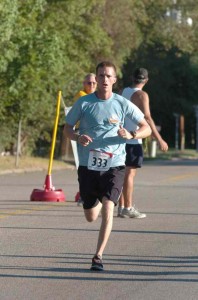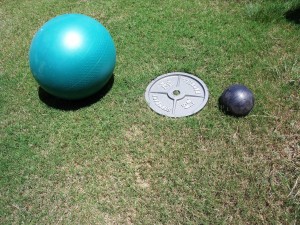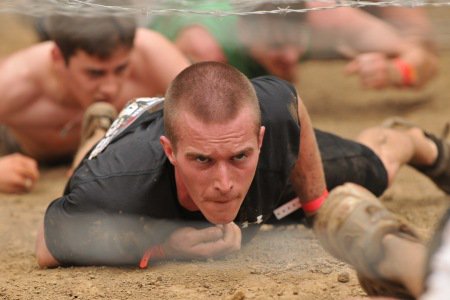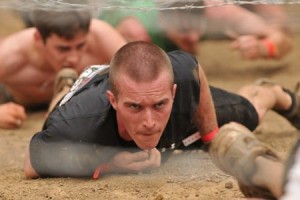
I’ve heard many people over the years say why running is just “not for me.” I think I’ve heard just about every excuse in the book as to why they don’t like running, don’t run at all anymore, or never even tried to run because of some sort of physical barrier. I will be the first to admit that I haven’t always been a runner. In high school, my running consisted entirely of what I did in football practice or games. My attitude was, “If it was anything longer than 100 yards, then just go on with out me.” However, once I became a paratrooper in the 82nd Airborne Division, running became part of my culture. My division is known for long distance runs in Area J (a sandy, wooded, and hilly area on Fort Bragg). Our runs together in Area J were often times pretty tough, but it was something that brought us all closer together. Today, Chris Barber and I still reminisce about those runs we had. There is still an ongoing debate as to who was the fastest runner in our platoon, but it was an experience that he and I will never forget.
The power of long distance running is unmeasurable. I think it’s crazy when I hear people tell me that they weren’t built for running. There is enough science out there now that proves ALL human beings were built to be distance runners. Running is what we do. It’s in our DNA, and there is not other animal on the planet that can do it quite like us. Our natural ability to run long distance has been a primary contributor to our evolutionary development and success.
Here are four little tips that may help get rid of a few of those excuses as to why you aren’t a distance runner:
1.) If your body hurts when you run, then you probably need to evaluate your running form. We could get into the whole debate about running shoes, and minimalist versus support shoes, but form is often times the main culprit for running pain.
2.) Tailor your runs to your own personal wants and needs. This means that you must listen to your own body. If your running partner is much faster than you, then don’t risk injury just to be able to keep up with his or her pace. There’s nothing wrong with pushing your physical fitness levels. Actually, I highly encourage it in order to make you a stronger runner both mentally and physically. However, do it judiciously. Distance running is a game of patience, so just relax and take your time.
3.) Enjoy your runs by running in a comfortable environment. This means if you don’t like to run in the heat, then schedule your runs for the early morning or in the evenings when the sun is not so intense. Is your trail not too safe after dark? Then run with a friend or during daylight hours. The important thing is that you plan your runs in a safe and comfortable environment so that you can focus on running, and not be distracted by a whole lot of external factors.
4.) Be a grateful runner. Not everyone in the world has an opportunity to enjoy running because of physical or mental disabilities. It is something that we all take advantage of, but it is an important thought to keep in mind when you’re running. I’m grateful every time I lace up my running shoes and get out there on the trails. Having an appreciative outlook on your ability to run can be an enormous contributor to your motivation.
In the end, just get out there and run. There are going to be things that work for you that don’t work for other people. However, in order to find out what works you have to get out there and learn your body. Find out what your physical and mental limits are, and don’t be afraid to set new ones. And lastly, remember that we are all runners. It’s not unique to only certain human beings. Instead, running is in us all, but it is up to you to bring it out.
Take life one mile at a time.























